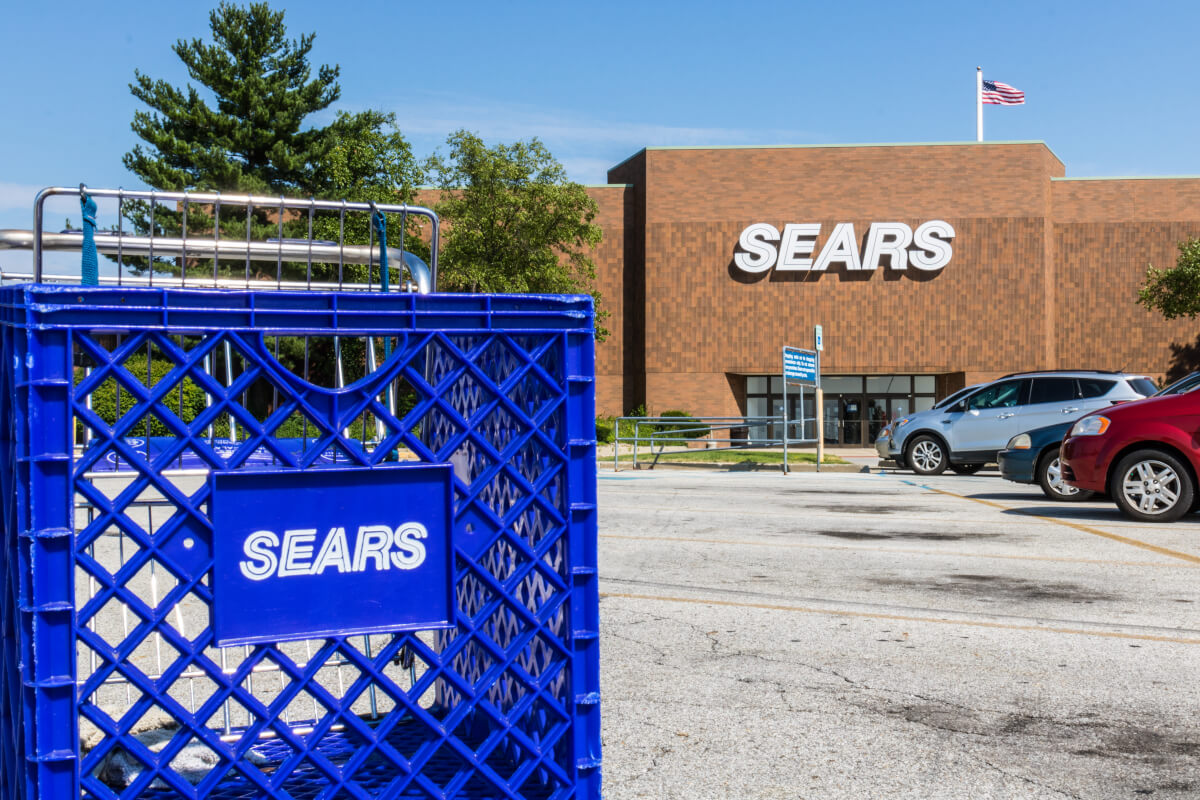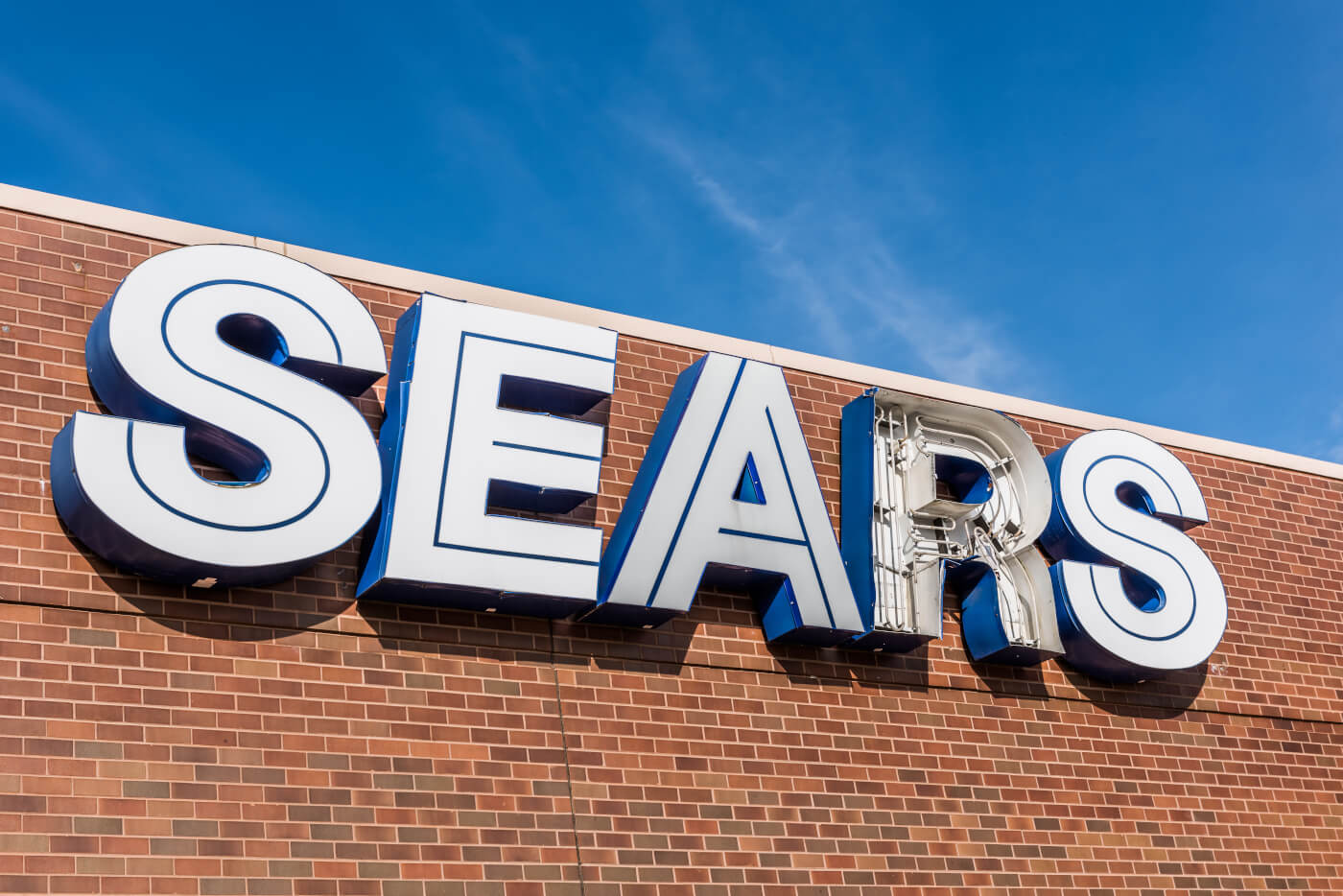As Sears Plunges Toward Chapter 11, Lampert Stands To Win, Whatever Happens

Sears has hired advisers to prepare for a Chapter 11 bankruptcy filing, according to a Wall Street Journal report. However, its CEO, Edward Lampert, would reportedly like to see if Sears can restructure its debt while avoiding the filing. Apparently, he doesn’t want to run the risk of finding himself in a court- ordered Chapter 7 filing, which would require liquidation of all the entity’s assets.
It’s hard to feel even a modicum of sympathy for the CEO of Sears Holdings SHLD +0% . To most observers, he has stripped the meat off the Sears bones and dried them out into beef jerky that his holding company ESL gnaws on periodically. He has sold off assets to the same ESL holdings, taken over the real estate of most of the stores that he collects rents on through Seritage (another of his companies) and managed to make himself the company’s biggest creditor in the process. It’s an American retail nightmare that seems to have no end in sight.
But there is more money in sight for ESL, whatever happens.
Let’s take a step back for a minute. Chapter 11 bankruptcy filings were originally meant to give a struggling company room to breathe while it re- organized itself from a troubled business laden with debt to a leaner, meaner enterprise that could pay its debts over time. To quote the United States Courts:
This chapter of the Bankruptcy Code generally provides for reorganization, usually involving a corporation or partnership. A Chapter 11 debtor usually proposes a plan of reorganization to keep its business alive and pay creditors over time.
This sounds great in principle, and would give an honest and determined management team the opportunity to get it right. But the devil is in the details, and Chapter 11 has become a veritable feast of fees for everyone involved. In
fact, even if the company tips over from Chapter 11 to Chapter 7 (liquidation), there is still a lot of money to be made by bankers, lawyers, liquidators and the few people or entities who manage what is euphemistically called “the estate.”
And so, let the fee frenzy begin!
None of this has anything to do with retail, per se; it’s all about fees. And there will be fees galore.
But it still leaves us with a whole bunch of questions in the case of Sears.
The biggest creditor is also the CEO. ESL Holdings’ CEO is Edward Scott Lampert (that’s what ESL is an abbreviation for, actually). He’s also the Sears Holdings Corporation’s CEO. In any rational world, Lampert would be the first man out the door, for running the business into the ground. In our current world, he will be the guy to pick up the bones and shut the doors.
This exercise in job destruction has made Lampert even richer. And he’s not done yet. In the world of bankruptcy, the biggest creditors end up as the owners of the new entity — or, as we used to say in summer camp, “Second verse, same as the first … a little bit louder and a little bit worse.”
Lampert has also sold off most of the company’s most interesting assets. While originally interested in the real estate, he discovered that there was value in some of the company’s most iconic brands: Craftsman Tools (I loved those!), Lands End and Sears Canada. And since August, there has been talk of selling off another former crown jewel, Kenmore.
But as CNN Money wrote back in August, Kenmore just isn’t what it used to be: “It’s the equivalent of a flip phone in the smartphone era,” Sean Maharaj, director in the retail practice at consultant AArete, told the website.
So that’s where the meat went.
Now let’s take a look at the smorgasbord of fees that will be prepared as part of a Chapter 11 filing. Who is invited to the feast?
• Assuming the Chapter 11 filing happens, the bank that provides debtor-in-possession (DIP) financing makes a bundle in both fees and interest. That’s why the bank providing DIP money is often the bank that called the default in the first place
• Lawyers are in the mix — for both the creditors and the estate. They all make lots of money. Lampert added a restructuring
advisory, Alan Carr, to the Sears board, and Carr’s law firm stands to make some nice money on the filing, or turnaround, or liquidation.
• All those “advisers” Lampert has hired will make a lot of money in fees. Expensive money.
• Given that ESL is the biggest creditor, it sounds like Lampert will be doing a lot of talking into the mirror, and then charging the estate for his time.
• Speaking of liquidation, merchandise liquidators tend to do quite well with “going out of business sales.” Most consumers don’t realize that in the first two weeks of a liquidation sale, prices tend to be equal to, or higher than, what you can get at any other retailer. I’ve worked with many. It’s a nice business to be in, when you’re quite literally selling everything down to the walls. The calculations are rather sophisticated, and the liquidators do quite well.
Even after the liquidation sales end, negotiations continue. And every conversation is billable.
Four years ago, we were already on the Sears death watch. I was shocked when I read the date on this piece I wrote for Forbes back then. It was so long ago, RadioShack still existed! And despite all the evidence of mismanagement and stripping the company bare, Lampert actually blamed the media for his problems back in 2017. I picked up that story, too.
All of this raises the question: Are we near the final mercy-killing of this once- storied American institution? It seems if Lampert has his way, the answer is no. Some are thinking a viable business can be made from the company’s smaller-format stores. And then there’s this tidbit from The WSJ as well:
But Mr. Lampert is pushing for a broader restructuring that would include shaving more than $1 billion from Sears’s $5.5 billion debt load, selling another $1.5 billion of real estate and divesting $1.75 billion of assets, including the Kenmore appliance brand, which he has offered $400 million to buy himself. In other words, there’s more deli meat to be eaten, along with the fees we expect ESL and Seritage (Lampert’s real estate arm) to charge.
My sympathies are with the thousands of Sears employees who have found themselves jobless, and who will also find their pension fund gone — something has to cover those fees, after all. My sympathies are also with those malls that depended on Sears as a viable anchor store. Mall vacancies are rising, and I can only attribute that to the failure of stores like Sears. No matter which way I look at it, this is an American tragedy. It’s a story of greed winning out over any kind of market forces. In fact, we could argue that Lampert’s actions have destroyed Sears Holdings’ market.
Yes, there were issues with store size and strategy. Yes, the company had consistently tried to make good in the apparel business, where it had no real reason to exist. But there are lives that have been, are now being and will be affected by these moves. Real lives. From our shrinking middle class.
Frankly, every time I drive by the private island where Lampert’s home in Miami is located, I feel vaguely sick to my stomach — the most exclusive real estate in Miami, bought and paid for by the company and employees a CEO is supposed to support and protect. It really is an American tragedy. And no amount of dried deli meat is going to make me feel better about it.























































